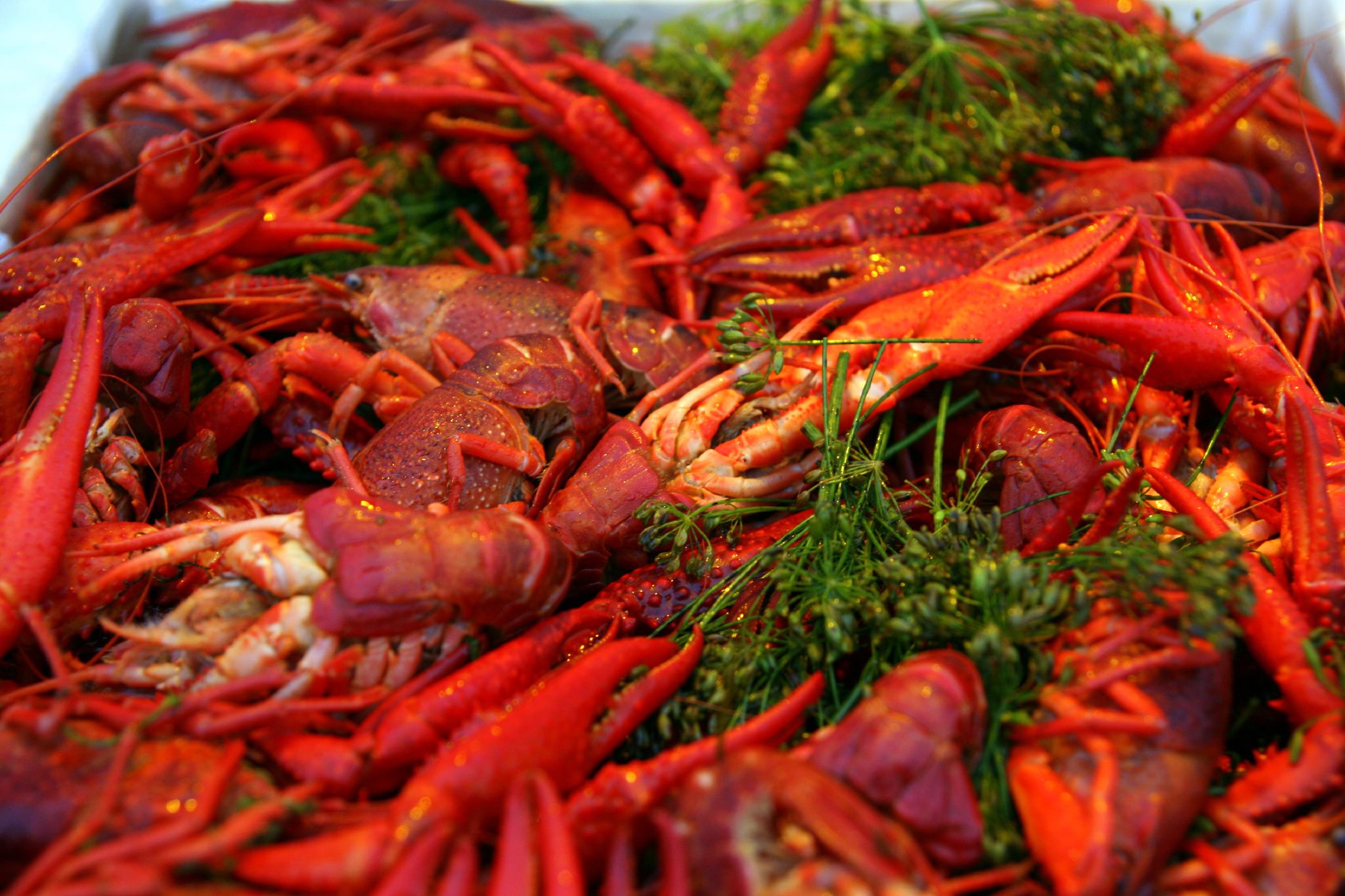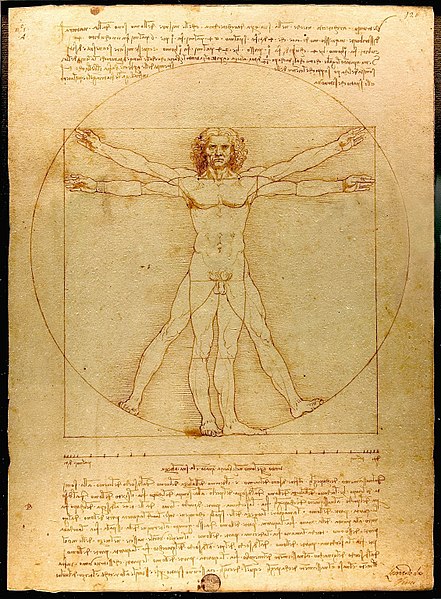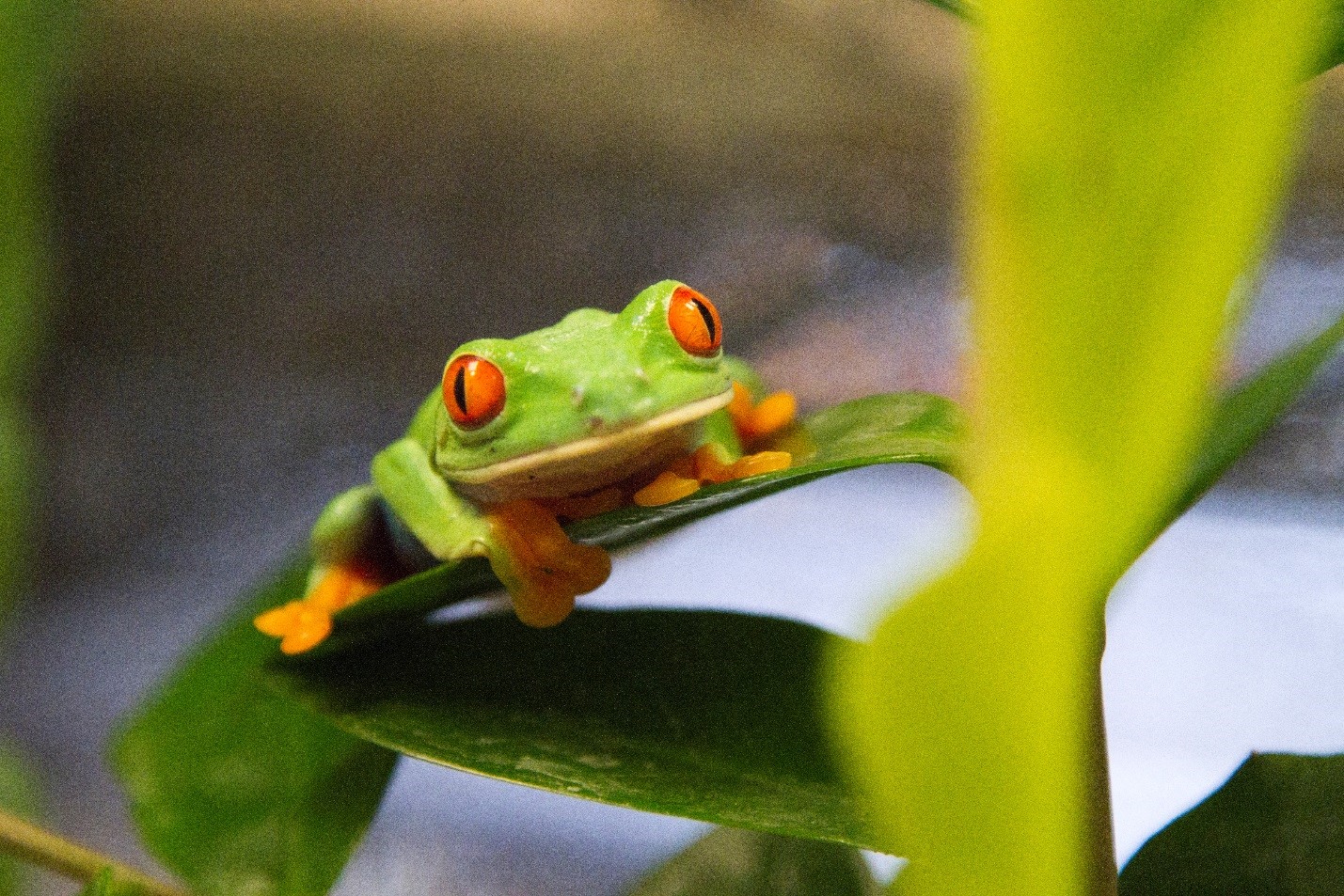The thought of small little animals running around our face cause most people to squirm a bit. As much as I do like the small animals like spiders and beetles, if I think I feel one crawling on my face I’ll very quickly try to brush it off. It’s not them, it’s me.
Now we are going to get into the stuff that makes me squirm. There’s a great skit from Kids in the Hall about the joke of saying – “Hey, there’s a spider on your back!
In the skit, it starts out as an author writing a book called Hey, There’s a Spider on Your Back, which consist of only that line. And every time anyone reads it they think there is a spider on their back. This makes it a best seller and leads to the audio book. But there really are arachnids on your face. Right Now! There are face mites. Like all arachnids they have 8 legs. Different species of mites live in your hair follicles (Demodex folliculorum) and in your sebaceous glands (Demodex brevis), where oil comes out. And at night, after you go to sleep, they come out, mate, and lay their eggs on your face. Are you squirming now? And the next thing you’re trying very hard not to think about is what happens when they poop? Well there you can rest a little easier. They don’t excrete waste the same way we do. They hold it in till they die and then it decays in their body.
You might be wondering why we study these things. Well first off we don’t know a whole lot about them. We think we know what they eat (dead skin and oils), but we’re not sure. More importantly they can help us learn about human migration patterns. D. brevis is Asian population is genetically distinct from its American cousin. But D. folliculorum is the same in both populations.
And that’s just what’s living on the outside of us. Inside we are a fully ecosystem of predators, prey, and parasites. And they’re important to our health. Come join us on November 9 for a lecture on More than Genes: Predators, Parasites and Partners of the Human Body by Dr. Robert Dunn sponsored by the Leakey Foundation. Dr. Dunn is a biologist with the Department of Biology at North Carolina State University.






